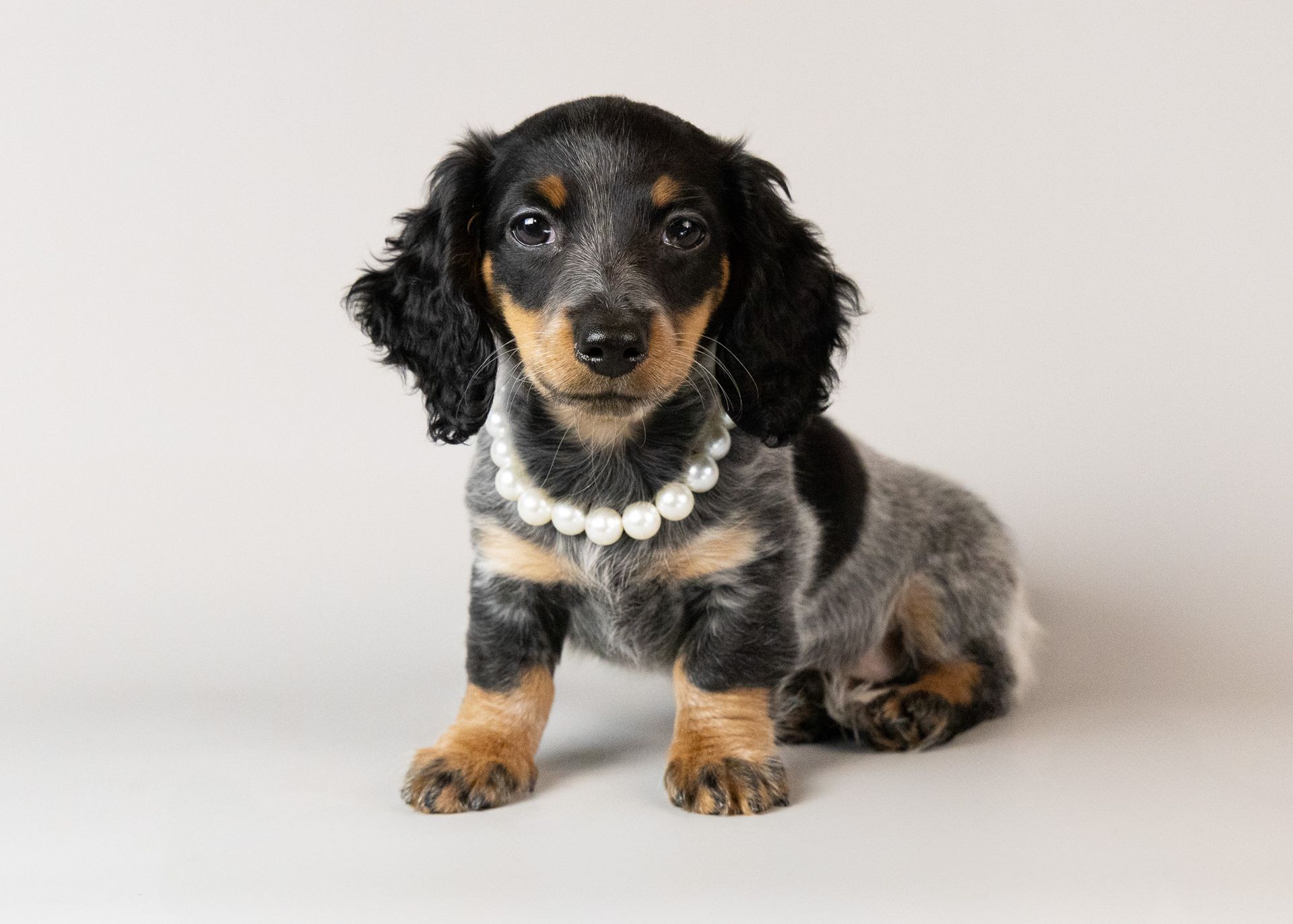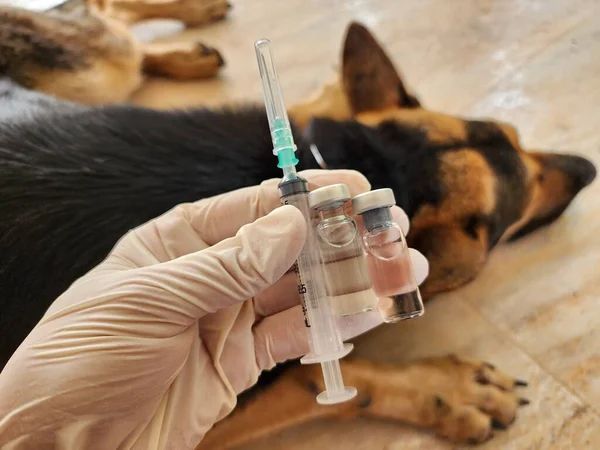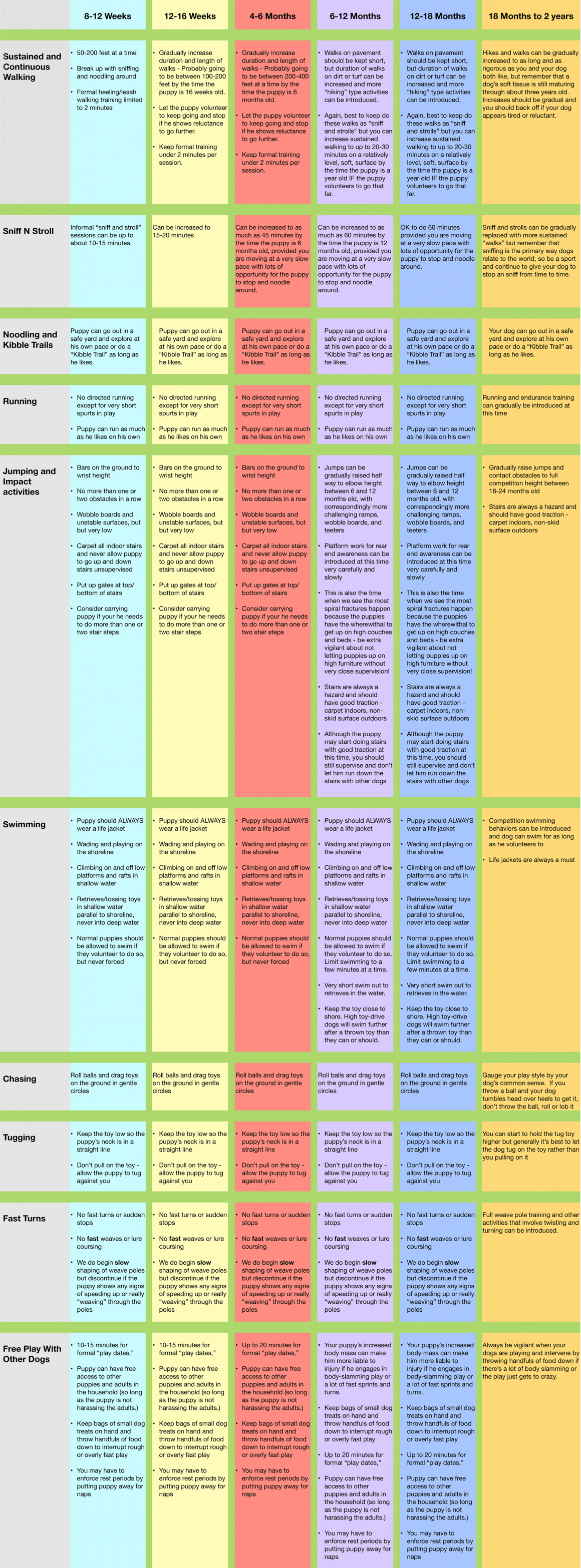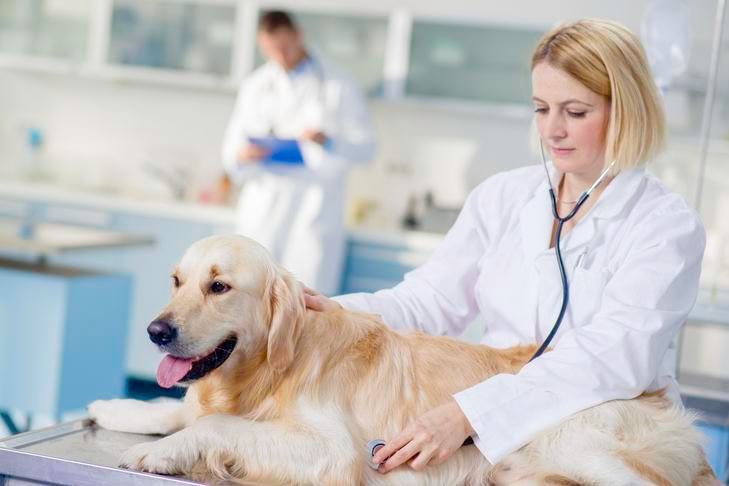One of my favorite things about the Dachshund is their life-span. They ranked number 8 on a list of longest living dog breeds with an average life-span of 12 to 16 years. One of the biggest threats to a Dachshund's long life-span is back disease, specifically intervertebral disc disease (IVDD). While IVDD won't end their life early in a direct way, the pain and immobilization it causes typically requires surgical intervention--and if owners can't afford a $4k - $10+ surgery the humane option is euthanasia. My main goal in writing this is to provide ways to avoid back disease in your dachshund and dispel some information that may no longer be true.
IVDD
"Did you know the Dachshund is a short-legged breed, not a long-backed one? It's the genetics of short legs that pre-dispose Dachshunds to back disease."
-Dachshund Health UK
The Genetic Impact
Back disease in Dachshunds is by and large a genetic issue. All dachshunds are genetically predisposed to be vulnerable to back disease. And in order to keep the focus of this blog on things that we CAN control this section will be brief. There is not yet a reliable genetic test that can help breeders decrease the risk. Right now the best thing we can do is breed dogs who do not show signs of back disease, keep up to date with the latest research, and cross our fingers that in the future scientists can pinpoint the issue and generate a definitive test. For an in-depth understanding on why genetic testing isn't a reliable indicator for back disease in Dachshunds this is a very helpful article (Is There an IVDD test for Dachshunds?). The UK, who seems to continually be ahead of the US when it comes to matters of breeding have implemented a way of screening dam & sire by means of X-ray: dogs with two or more calcified discs at age 2 should not be used for breeding. Right now this is being carried out in Norway, Denmark, and Finland but it's too early for evidence that this selective breeding reduces the occurrence of back disease. This is a pre-breeding health measure I'm keeping my eye on to implement into our own program and am eager to see what new data is released in the future.
Avoiding Back Disease in Dachshunds
what you CAN do
List of Services
-
Physical FitnessList Item 1
We've previously been told to make sure dachshunds don't use stairs but newer research shows just the opposite may be true. A healthy, mature (over 3) dachshund with good muscling and body condition can have a reduced risk for IVDD when allowed to use stairs daily. Jumping off furniture should still be avoided as that's a different physical maneuver and does strain their back.
Everything in moderation, of course, and it's the individual owner's decision.
- Frequent, short walks/hikes or low-impact activities
- Running great distances is not reccomended
- Heart failure is the leading cause of death in senior dachshunds. Healthy lifestyle and weight are instrumental to a long life
-
Diet & NutritionList Item 2
This goes hand in hand with physical fitness. Some studies have found that dachshunds that are overweight or obese are more likely to suffer from IVDD.
- Measure or weigh your dog's food and follow the manfacturer label for feeding amounts
- Don't allow constant access to a full bowl of food
- Familiarize yourself with body condition scoring so you can identify healthy weights
- Feed a complete diet from a manfufacturer that your veterinarian reccomends
- You can also feed supplements like VetriScience Mobility that are designed to promote spinal health. $25 for a 6-month supply
-
Delayed Spay & NeuterList Item 3
You can find numerous research studies that identified a correlation between neutering under one year old and the incidence of IVDD.
A 2018 survery of dachshunds between 3 and 10 years old found that dachshunds altered under 2 years old were 2.4X more likely to have reported an IVDD incident later in their life. For males alone the odds ratio was 1.8X and for females alone the odds ratio jumped to 4X.
- Exluding emergency incidences or out of the norm circumstances, Dachshunds should never be spayed or neutered under 6 months of age
- Male Dachshunds should be neutered no earlier than 1 year old, possibly 2 years if feasible
- Female Dachshunds should not be spayed until 1.5 years old but ideally closer to two years or older.
Images Copyright
Image 1: https://www.shutterstock.com/image-vector/herniated-disc-dog-silhouette-dachshund-1965589672
Image 2: https://images.app.goo.gl/qGS4PnGbaQ8dyxsr6
Image 3:Royal Canin
Image 4: https://www.shutterstock.com/image-photo/portrait-dachshund-long-haired-dog-wearing-1099785380








